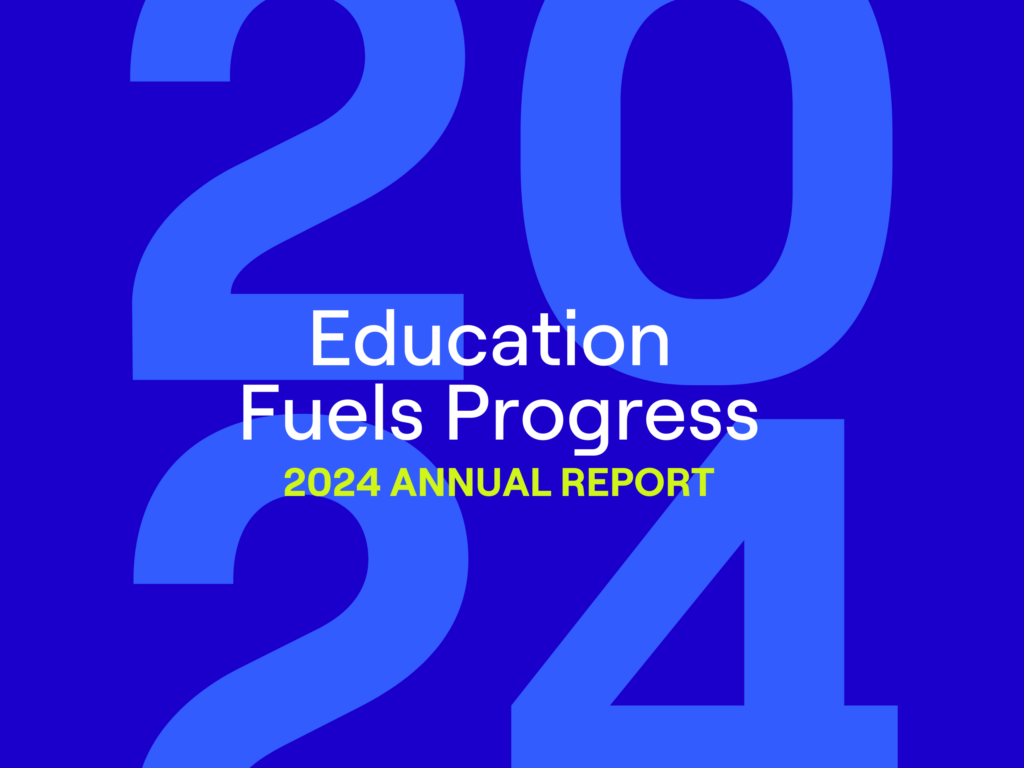Way back in 2009, as the stimulus was taking shape, President Barack Obama made clear that results-oriented education reform was an essential part of his plan for national recovery. Over the past couple of weeks, President Obama has unveiled his vision for changing education, through his first State of the Union speech and through the unveiling of his 2011 budget proposal. The President’s budget represents a request – one that Congress must act on between now and October – that will govern spending in fiscal year 2011. It also lays out the principles that will inform the renewal of the Elementary and Secondary Education Act (ESEA), the sweeping education law that for the past decade has been known by the label No Child Left Behind (NCLB). So it’s worth taking a look at the funding requests and the thinking behind them, which will help to form the foundation for many of our conversations at the Summit.
The good news folks involved in entrepreneurial education reform: President Obama’s vision offers plenty of reason for excitement for social entrepreneurs, and it makes clear that the President’s commitment to reform remains solid in tough economic times. However, even as Washington is immobilized by a historic snowstorm, it’s not hard to envision how hard it will be to move all these changes forward this year.
At the highest level, the budget asks for a $4 billion increase in federal spending in education – more by “a factor of a lot,” to borrow from Secretary of Education Arne Duncan – despite an overall cap on discretionary domestic spending, which means the increase comes out of other departments. That increase is focused heavily on the incentive funds that have been Secretary Duncan’s key tool, and chief among the requests is $1.3 billion for another round of Race to the Top. A billion dollars of the increase would be conditional on Congress renewing ESEA, which is an unusual and creative incentive. And another half-billion dollars would go to continue the Investing in Innovation funding, which currently is a one-time program in the stimulus package. Beyond that, we see new or increased spending on a variety of innovation or entrepreneurially minded funds, including:
- $950M for a Teacher and Leader Innovation Fund
- $405 million for a “Teacher and Leader Pathways” competitive grant program
- $210M for Promise Neighborhoods (inspired by the work of Harlem Children’s Zone)
- $60M for the Social Innovation Fund (which includes multiple areas of social entrepreneurship, not just education)
- $80M increase to charter and other autonomous schools
- $321M for innovative partnership efforts with the Department of Labor
The budget also significantly changes funding streams in design and label, consolidating the Department of Education’s three dozen programs into 11, renaming much of Title I the “College and Career-Ready Students” program, and replacing NCLB’s “adequate yearly progress” metric with growth-based measurements of college readiness. Mostly, these changes represent a focus on innovation, results and competition that should gladden the hearts of entrepreneurs. However, it’s not perfect—to cite one key concern, the creation of a category that lumps other “autonomous” schools together with charter schools should worry charter advocates.
All these changes lay the groundwork for a renewed ESEA, and as with any major changes will come controversy. Among the many analysts who’ve weighed in, Department of Ed veteran Mike Petrilli (now at the Thomas B. Fordham Foundation) is impressed with the plan, but everyone recognizes that this will be a tough year to get such a complex bill through Congress. And, as another Fordham commentator notes, doing away with old programs will create strong opposition. We’ll explore both sides of this coin at Summit 2010.
(For a closer look, read the Education Week overview, the New America Foundation’s cogent summary and analysis, and the write-up from the Center for American Progress. Or get the full details straight from the feds.)


